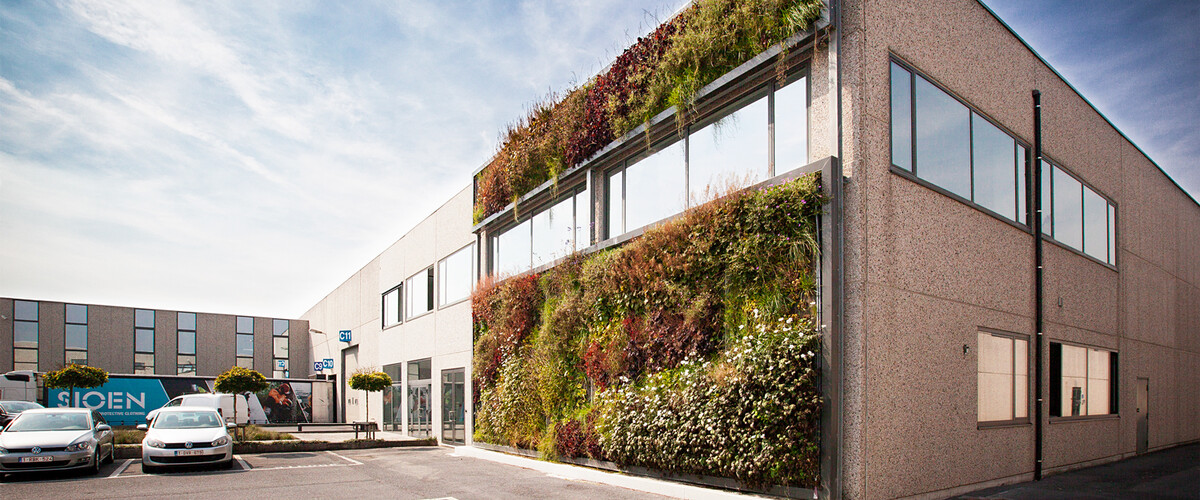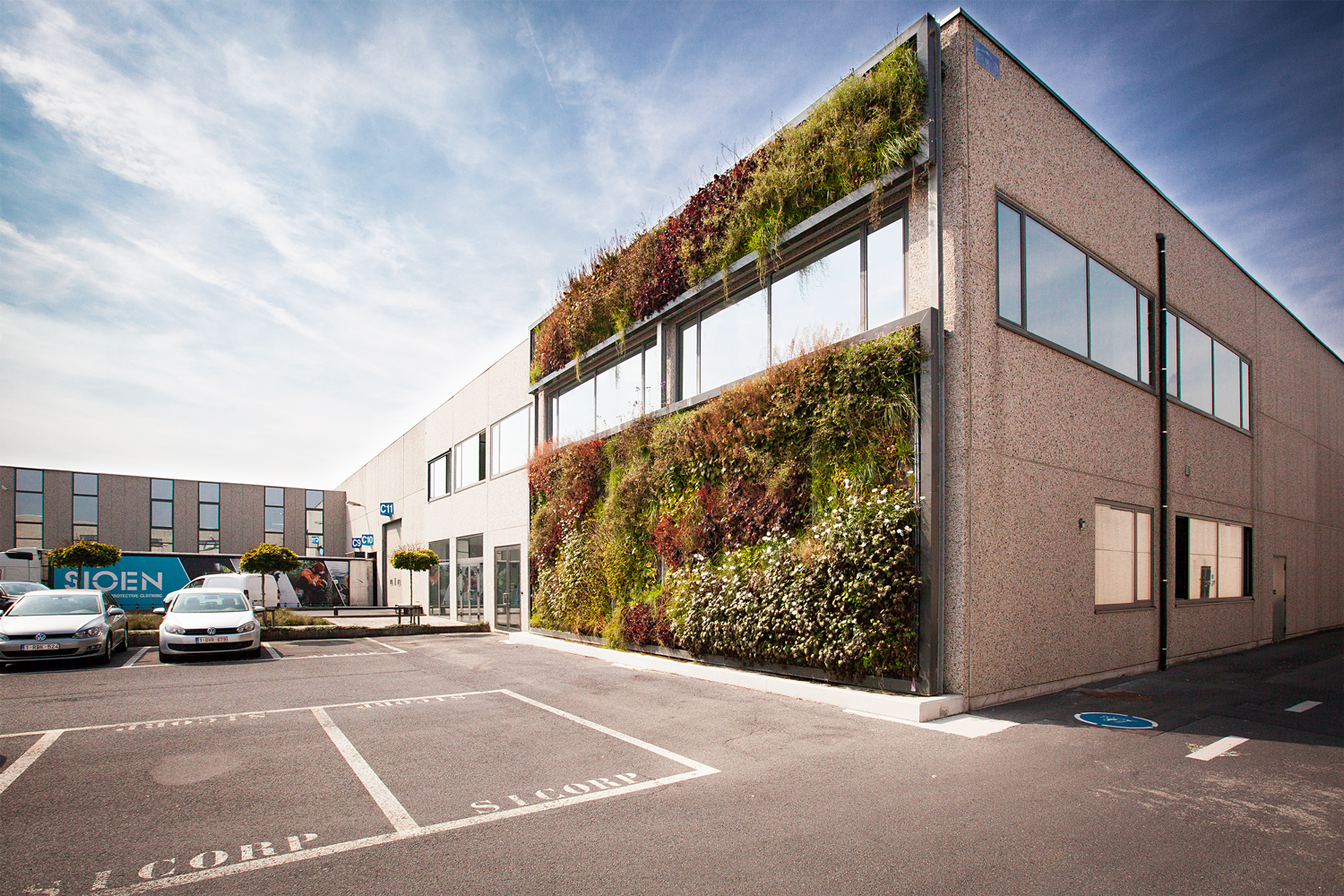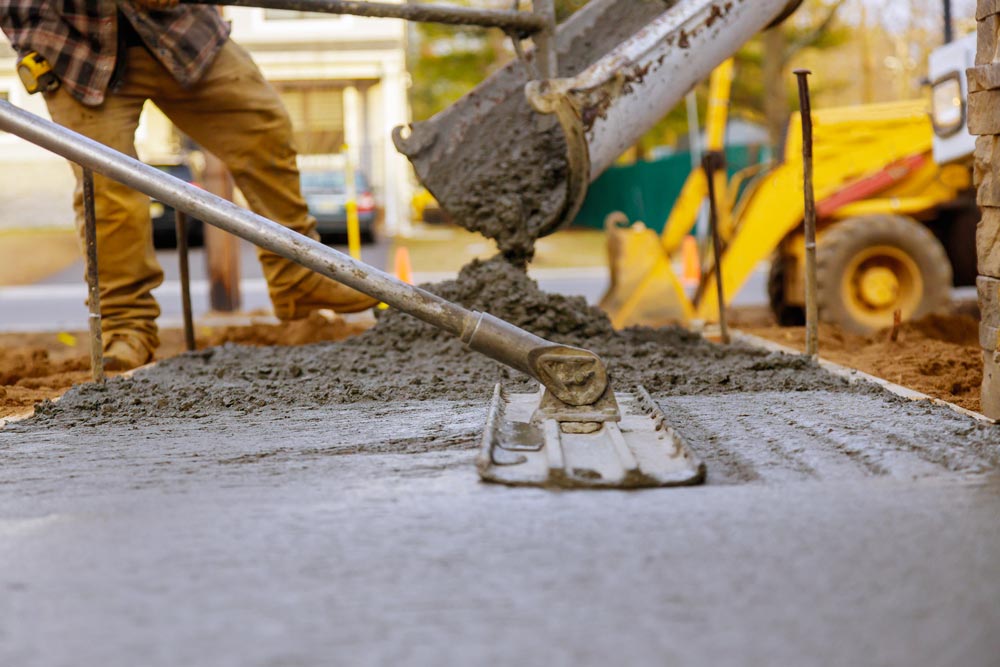End-of-life
Recycling is a very important part of Sioen’s sustainability efforts. Our in-house R&D department aims to find new ways to recycle used membranes and grids. When your Sioen membrane is EOL (end-of-life), there are several recycling options: chemical or mechanical recycling. Furthermore, some recycled materials are converted into raw materials for new building constructions.

2 valuable recycling options
When your Sioen biogas membrane is end-of-life, there are several recycling options:
- Chemical Recycling Process
Polyester and PVC are separated by a chemical process. The solvents are then evaporated from the PES material, resulting in recycled polyester and recycled PVC that can be re-entered as raw materials in the production process. The hydrocarbon part of the PVC can be used to generate syngas (or synthesis gas – an industrially useful mixture of hydrogen and carbon monoxide) which can serve as a feedstock for chemicals production.
More information: Chemical Recycling Europe
- Mechanical Recycling Process
Mechanical recycling is a method in which waste materials are recycled into “new” (secondary) raw materials without changing the basic structure of the material. In the example of a tensioned car park, keders and eyelets are removed and the remaining membrane disappears entirely in the recycling process. The residue of the mechanical recycling process of a membrane is a mixture of PVC/PES powder that is used to thicken rubber, produce pond liners, acoustic insulation and thermofolds in the automotive industry, among others. Mechanical recycling is also fit for our fiberglass/fluorocarbon membrane called 'Fluoscrim'.
More information: FG Kunststoffmatten GmbH
Tomorrow’s raw materials in the construction sector

Greentexx, how today’s building products are tomorrow’s raw materials in construction
Isn’t it great that the Sioen membranes that are used in the architecture of today, are the basis of a new sustainable Sioen product for the architecture of tomorrow: Greentexx®?
We’re using this new secondary raw material, that is the result of mechanical recycling, in the production of our GreenTecStyle®, a composite for vertical ecosystems. That way, we are closing the loop.
Cement

Our membrane that is used in the architecture of today, can be part of the buildings of tomorrow. When a product is end-of-life, the membrane can be recycled. The result of this process is sent to the cement manufacturer.
The production of cement depends on large quantities of sand, and sand is also the main constituent of glass, thus also of glass fibre.

